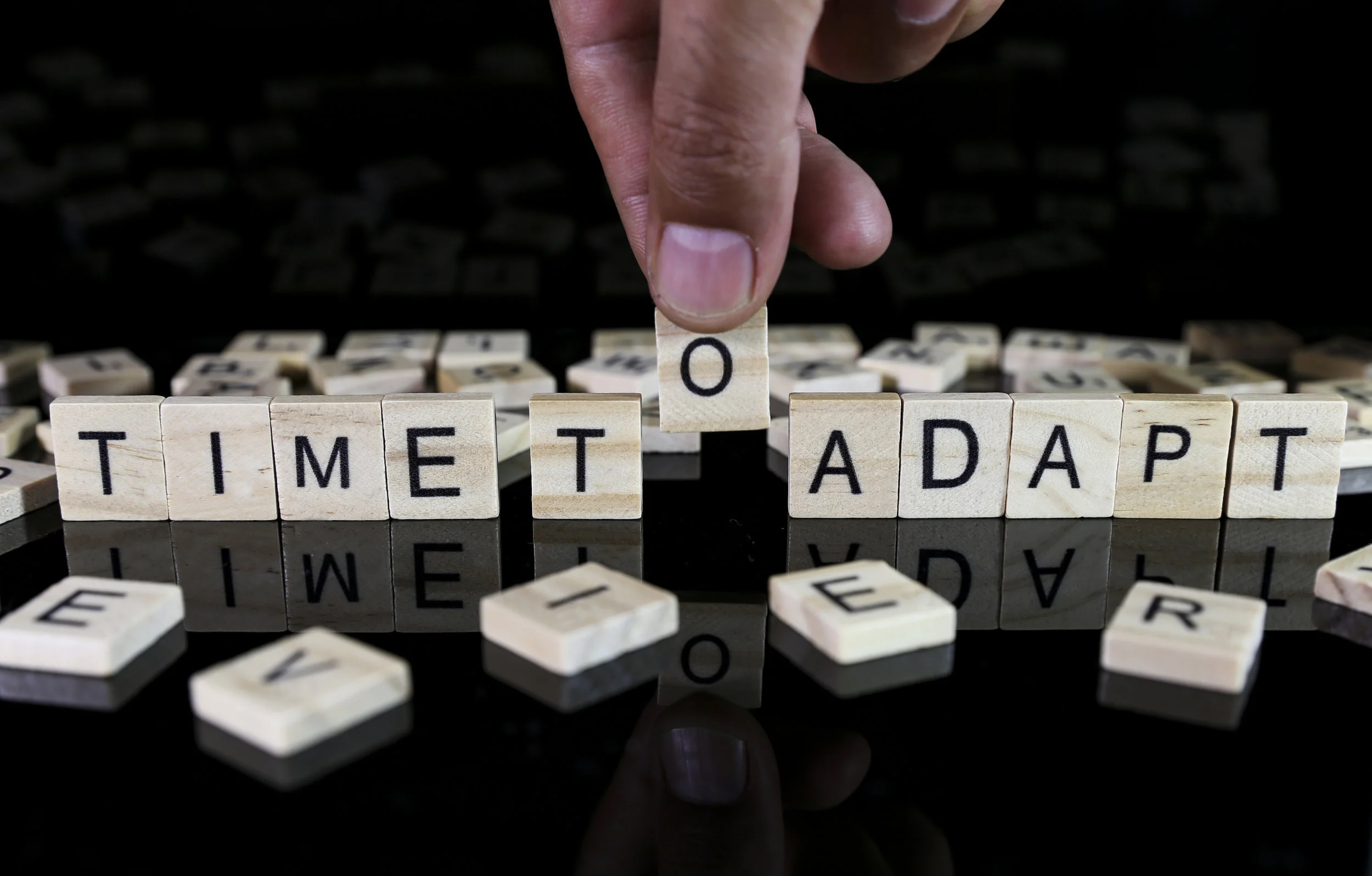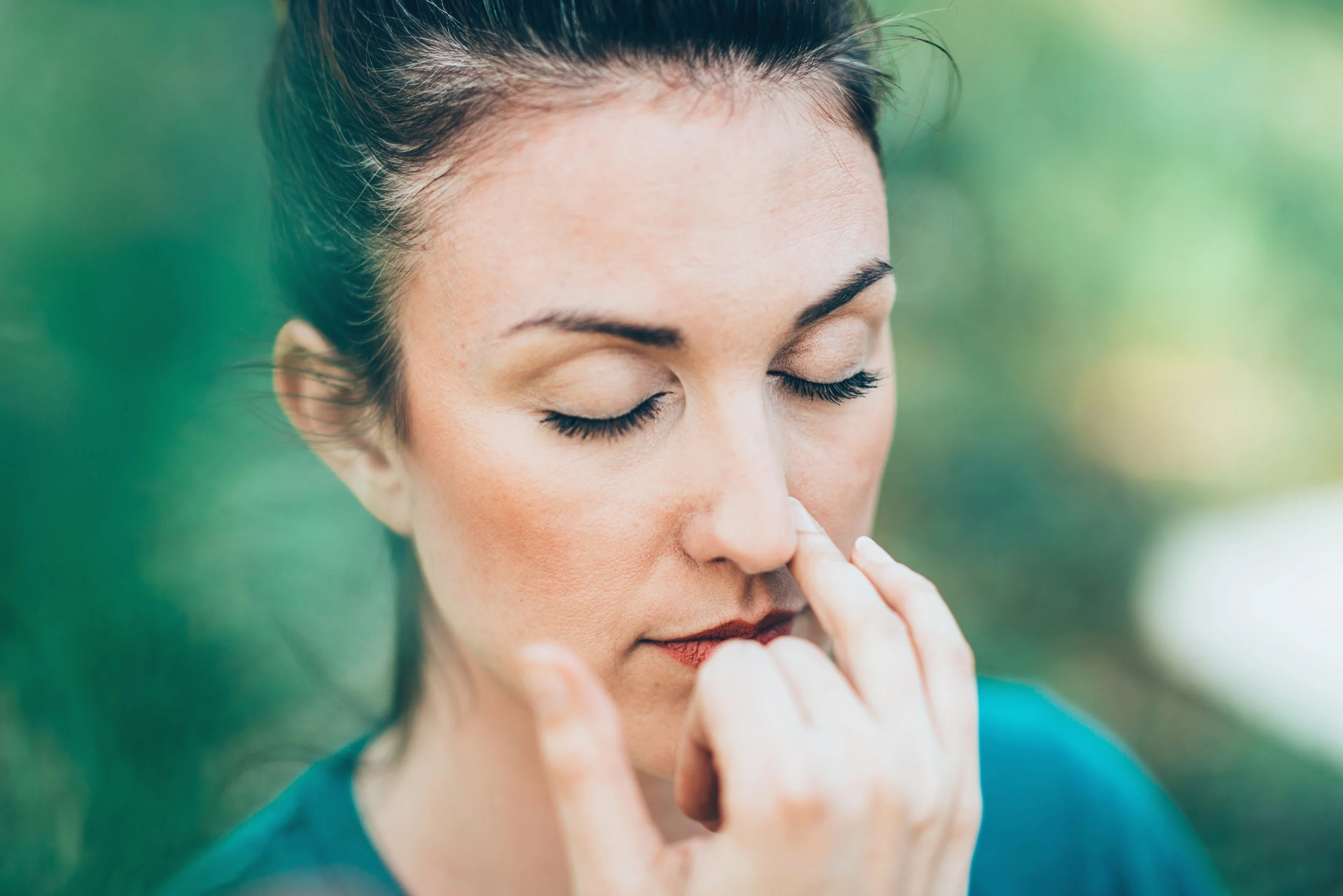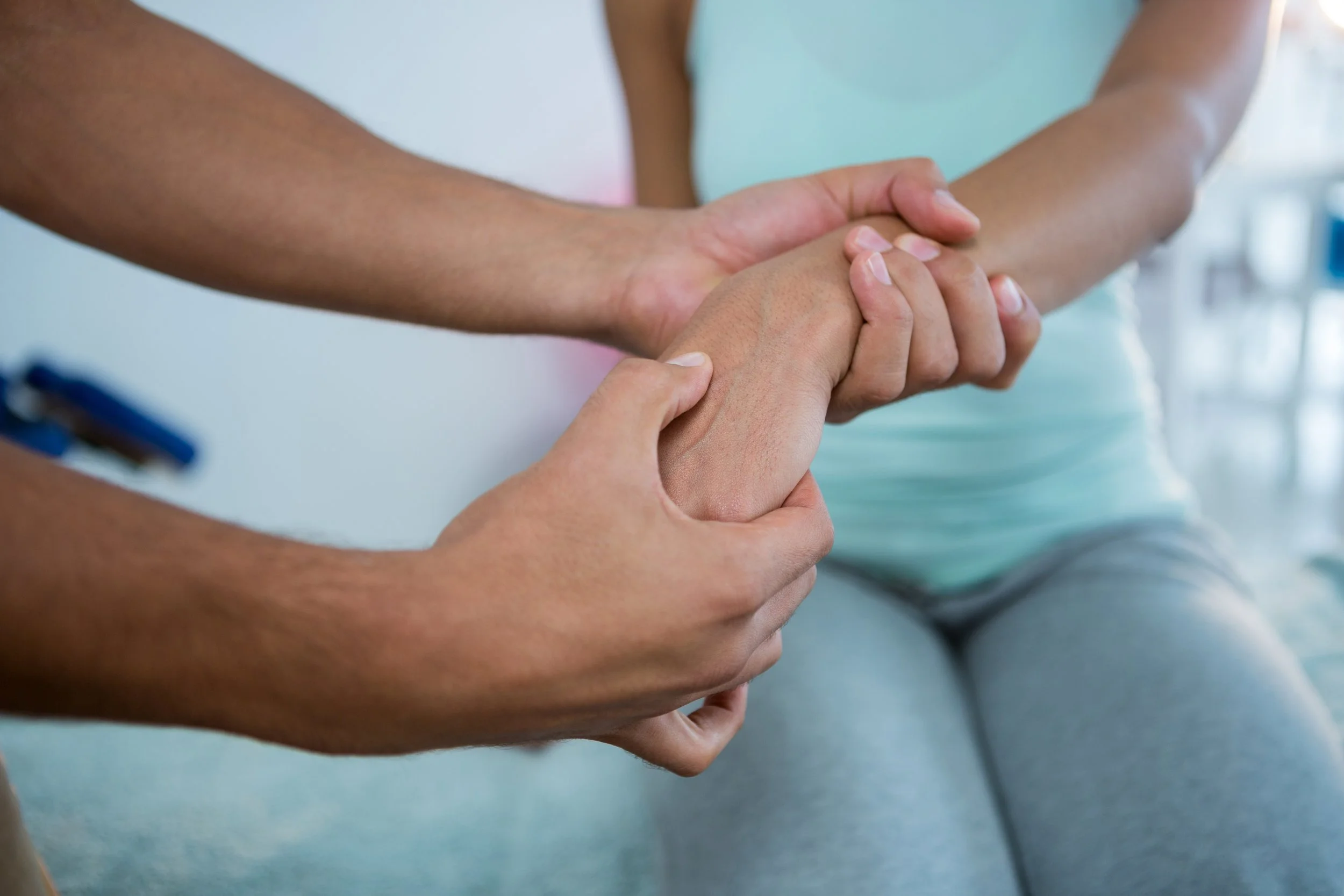9 Things That Happen To Your Body When You Stretch Everyday
/Not many people consider stretching to be a form of exercise, probably because it is something we do a lot without apparent effort, unlike strength training or aerobics. The effects of stretching aren’t all that apparent either; it doesn’t help you break a sweat or lose mega pounds. Stretching doesn’t give you six-pack abs or release growth hormones (HGH) known to have many fitness benefits. However, this relatively gentle form of exercise can keep you staying healthy and fit and is good for both your body and mind.
1. Stretching increases flexibility
Sports trainers have always insisted that athletes give much importance to stretching, both before and after training sessions. That’s because stretching increased the flexibility of the body and reduced injuries in the field. Cats know that it is not ‘nine lives’ that help them land on their feet, but their great flexibility. And how do they keep their body flexible but by stretching it every now and then in between their long siestas. In fact, you will see all animals stretching at one time or another during the day.
2. Stretching exercises help lower blood sugar levels
Stretching definitely makes you more flexible, but the number one reason to stretch actually comes from an exciting new study which has found that it reduces blood sugar levels. You might already know that intense exercise increases insulin production and the utilization of the hormone to push glucose from the blood into tissues.
Contrary to expectations, a 30-second stretch and hold routine has been found to be just as effective in lowering glucose levels in the blood. Surprisingly, the effect doesn’t come from increased insulin production, but from capillaries in the muscle tissue opening up, facilitating the movement of glucose into the cells.
People with diabetes have a perennial problem with high blood sugar either because their pancreas gland is not producing insulin, as in Type I Diabetes, or because their insulin production has reduced over the years, as in Type II Diabetes. In people with insulin resistance, the hormone is present, but it cannot be utilized due to the insensitivity of insulin receptors.
Elevated sugar levels can damage blood vessels and nerves and adversely affect almost all other organ systems of the body, severely damaging kidneys, liver, heart, and the nervous system. Diabetes is rated as the no. 7 killer, but it is an underlying cause of many other potentially fatal diseases, including high blood pressure, atherosclerosis, heart disease, and stroke.
High blood glucose level is not a problem exclusive to diabetics. In non-diabetics, high carbohydrate diet can cause high blood sugar for 1-2 hours after a meal. Although their insulin production will eventually bring down the sugar levels, frequent episodes of elevated blood sugar can do almost as much damage as full blown diabetes.
Elevated blood sugar can also cause overproduction of insulin, which gradually desensitizes the insulin receptors, resulting in insulin resistance. This can set into motion a series of metabolic problems that can potentially lead to Type II Diabetes.
Stretching helps reduce blood sugar by increasing the flexibility of the blood vessels supplying the muscles, which in turn allows more blood flow to the muscle tissue where the glucose can be utilized.
3. Stretching helps reduce high blood pressure and its ill effects
Blood pressure is the force exerted on the arteries as the blood gets pumped through them. There may be several reasons such as obesity, diabetes, mineral imbalances, and stress hormones that may elevate a person’s blood pressure above the normal of 120/80.
The stress-busting effect of gentle, slow-paced stretching exercises can contribute directly to the lowering of blood pressure. It is not surprising since we already know that the stress hormone cortisol can raise blood pressure.
Increased pressure on the arterial walls damages them and makes them stiffer. But stretching can counteract the artery-stiffening effect of hypertension and protect you from many life-threatening conditions associated with high blood pressure, including atherosclerosis, kidney failure, and heart disease.
4. Regular stretching routine can reverse atherosclerosis
Atherosclerosis is another progressive disease condition which, like diabetes, has a wide-ranging effect on several organ systems. It starts with the buildup of plaque on the inner walls of the arteries that carry oxygenated blood from the heart to different organs and tissues of the body such as kidneys and heart muscle.
Plaque consists mainly of cholesterol and calcium, and their accumulation on the arterial walls results in the narrowing of these blood vessels. This naturally reduces the blood flow to the respective organs, lowering their efficiency. For example, atherosclerosis in the coronary artery supplying the heart muscles can result in partial blocks that causes heart pain or angina, or a complete block that can result in a heart attack.
Atherosclerosis in the carotid artery that carries blood to the brain increases the risk of stroke. Narrowing of peripheral arteries reduces the blood supply to the hands and legs, causing pain and numbness. When renal arteries are affected, chronic kidney disease develops, which eventually culminates in kidney failure.
Besides narrowing the lumen of the blood vessels, atherosclerosis stiffens the arteries. We have seen that stretching exercises can increase the flexibility of blood vessels and improve blood flow. It has also been observed that regular practice can gradually reduce the plaque in the affected arteries.
5. Stretching exercises keep the muscles healthy
Muscles develop or atrophy based on the use and disuse theory. Those muscles we work more often become well developed while the least used ones tend to breakdown. When you sit around for extended periods, your thigh and calf muscles and glutes remain inactive, while certain other muscles in the lower back and around the knees become overstrained and sore. Stretching can prevent muscular atrophy of the glutes and other underused muscles and relieve pain in the strained ones.
We have seen how stretching improves blood circulation to the muscles. With increased blood supply comes extra oxygen and other nutrients to the muscles. Removal of metabolic waste from the tissues also becomes more efficient.
6. Stretching can increase the range of motion (ROM) of joints
Muscles are attached to the bone joints by tough, yet flexible, tendons. A similar type of tissue between the bones in a joint allows joint flexibility. Unless these tissues are kept in good condition with frequent stretching movements, the connective tissue protein collagen weaves a network of fibers. It causes them to stiffen up, reducing their capacity to remain flexible. When that happens, the range of motion (ROM) of the joints becomes greatly reduced. Stretching helps break up the collagen network and keeps the tissues flexible, allowing greater ROM.
Aging naturally stiffens the tissues and reduces ROM, but in diabetic people, high blood sugar levels cause collagen to become glycated, forming a tougher, much less flexible tissue. That is one reason why ‘frozen shoulder’ is a common problem in diabetics. Along with aerobic exercises and resistance training, stretching exercises hold extra importance for diabetics.
7. Stretching helps correct structural imbalances and improves posture
Our body has a bilateral symmetry in the musculoskeletal framework, and the S-shaped curvature of the spine helps with balance. When we repeatedly do tasks that cause imbalances, such as carrying weight––a baby or a shoulder bag––on one side, some muscles gets over stretched while their counterparts remain contracted. The same thing happens when we use one hand or one leg exclusively for heavy and repetitive work or activity.
Similarly, when we spend a lot of time crouched in front of the computer screens, our shoulder muscles overstretch inwards, while the chest muscles remain contracted. You can see the opposite condition in pregnant women who bend backward in an effort to balance the weight of the enlarged tummy.
Stretching exercises help relieve the tension in both the overstretched and contracted muscles and restore the structural integrity of the body.
8. Regular stretching keeps your back safe
Back problems can be triggered by lifting heavy weights or by sudden twisting movements, especially in those who have not been maintaining the flexibility of their spine with sufficient stretching activities.
The vertebrae that form the spine are held in place by the surrounding muscles. 23 pairs of vertebral discs made of cartilaginous tissue keep the bony vertebrae separated from each other and from the spinal cord that runs through the spine. Their slightest displacement can injure the spinal cord, resulting in mild to acute pain.
Lack of exercise can make the cartilage tissue stiff and inflexible. When that happens, sudden twisting and straining can cause tears in the cartilage. Sitting for long hours without stretching makes the spine stiff and cause backache. Tight hamstrings also can cause low back pain.
Stretching exercises involving bending and rotational movements help strengthen the core muscles surrounding the spine and keep the discs flexible. Exercises stretching the hamstrings as well as getting up from the seat every 20-30 minutes for a few minutes of general stretching can keep your back in good condition. And don’t wait for any back pain to get you started on this.
9. Stretching improves mental health
We’re not stretching the facts here, but people who do stretching exercises regularly report improvement in sleep quality, mood, and self-esteem. Don’t dismiss it as subjective data because there are plenty of sound scientific reasons to support their claim. For one, stretching triggers the release of dopamine, the feel-good neurotransmitter associated with positive feelings and good sleep. Dopamine can improve attention, learning and memory too.
The positive effects stretching have on blood sugar levels, blood pressure, and general cardiovascular health also can improve mental wellbeing because the above conditions are associated with depression and mood swings.
Stretching should be ideally done at an easy pace, accompanied by correct breathing techniques. A stretched position should be held for a minimum of 20-30 seconds to derive optimum results. Yoga and Pilates can be good stretching routines, but make sure that you involve all muscle groups, repeating it 4-5 times a week.
This article originally appeared on naturallivingideas.com and was written by Sierra Bright.











![Self-regulation “control [of oneself] by oneself"](https://images.squarespace-cdn.com/content/v1/55563e14e4b01769086817cb/1542845645966-PO2HGKF5JLUBM45UIWQ3/wee-lee-790761-unsplash.jpg)



















